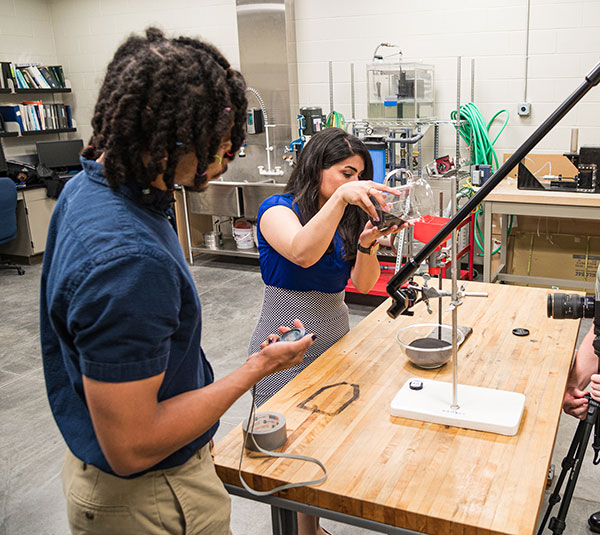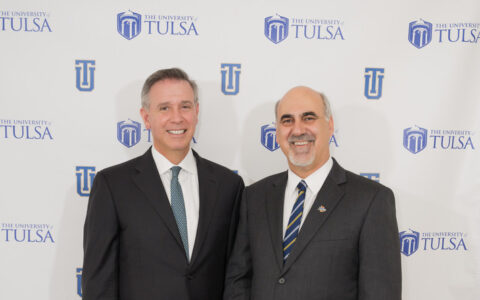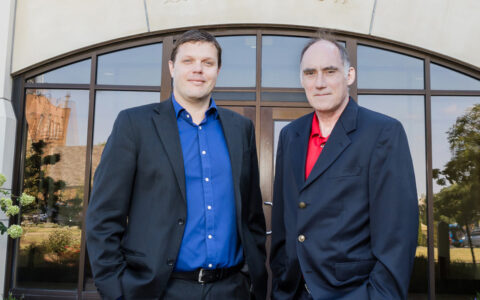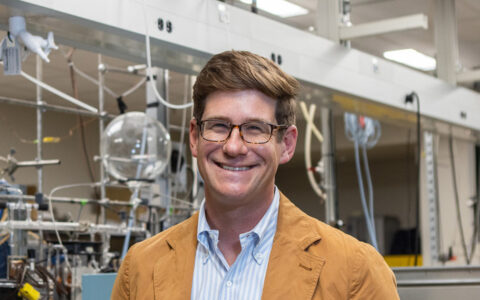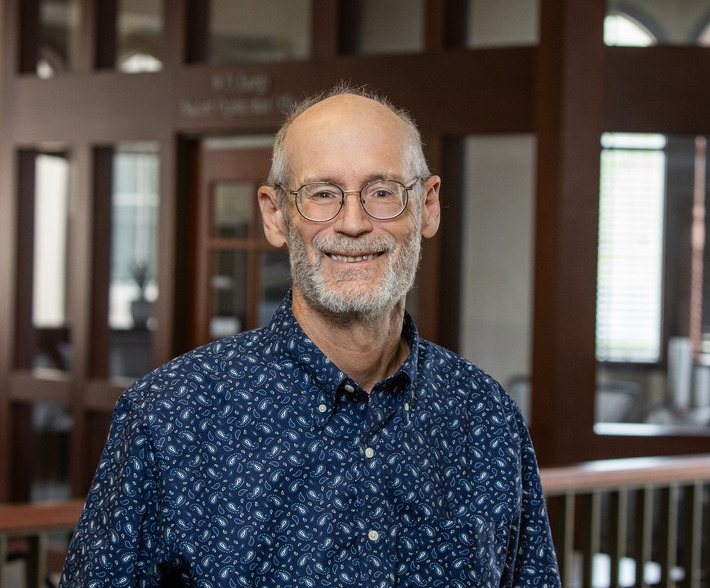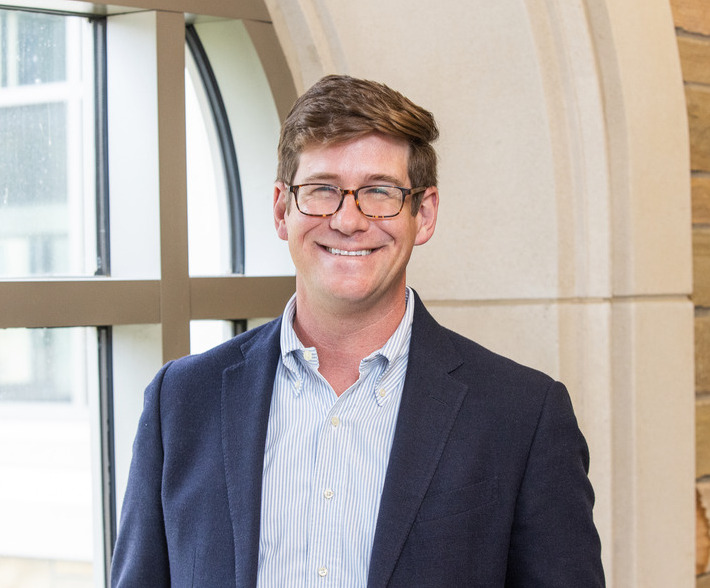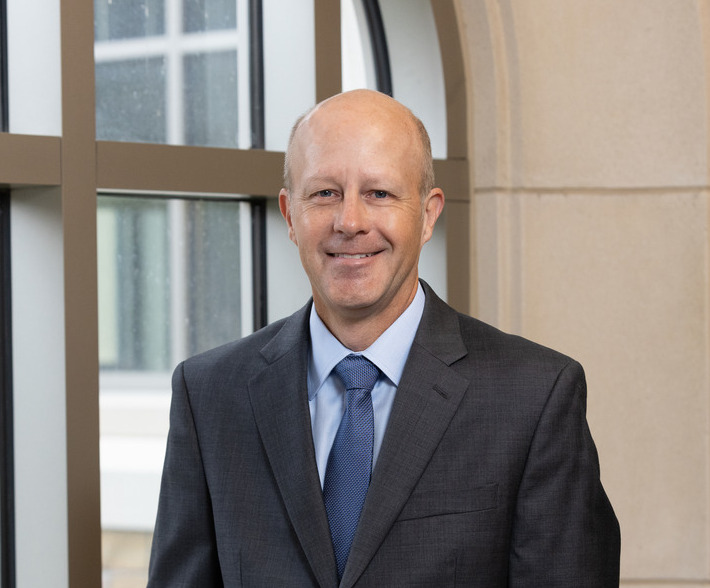Combine in-depth analysis with hands-on discovery to bring needed solutions to tomorrow’s engineering issues.
Our programs provide courses rooted in mathematics and science, allowing you to foster and further your creative and analytical abilities, disciplined reasoning, communication skills, advanced technology knowledge, and sound ethics.
The structure of our curriculum and its interactive teaching methods help you sharpen your experimental prowess and expertly apply both theory and practice to product design and development. Our department is renowned for its hands-on projects that serve local industry and community organizations. Led by our expert faculty you will be encouraged to work in small class settings allowing you to foster creativity with your peers and apply problem-solving techniques to innovative design projects and practical laboratory experiments.







